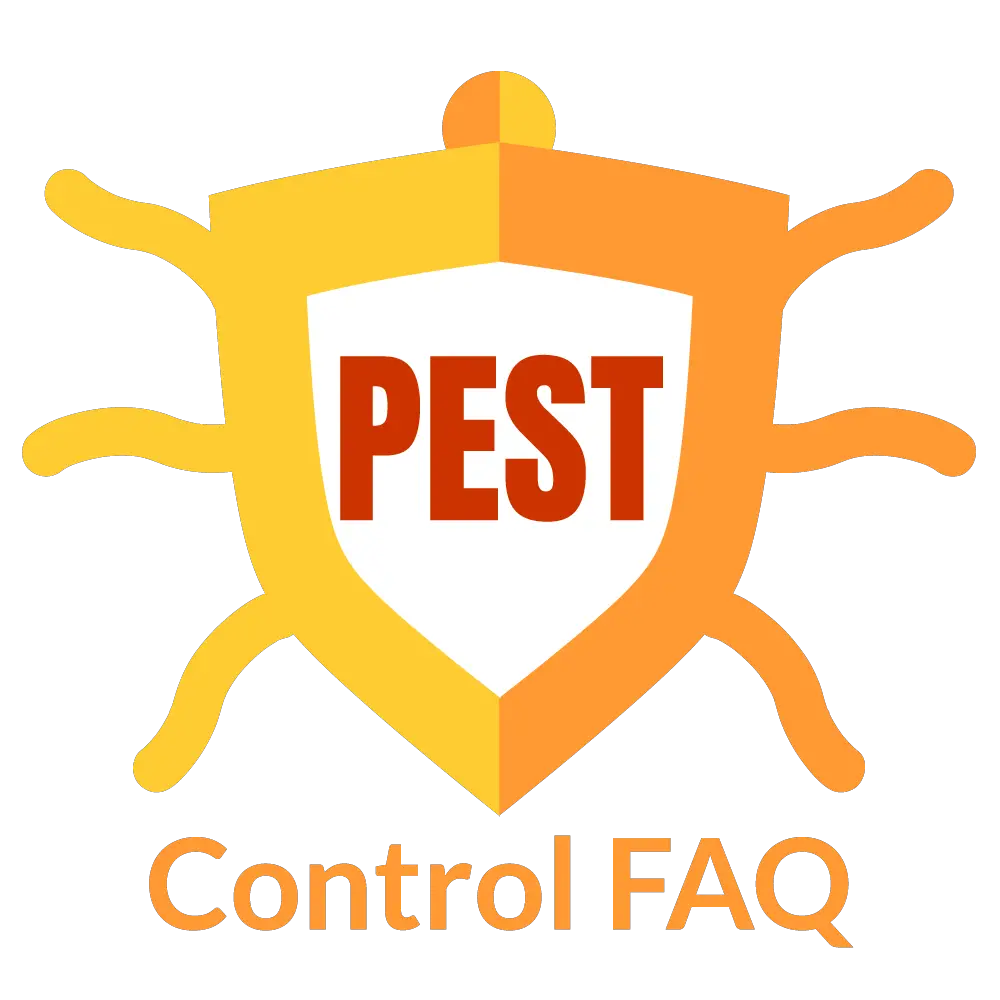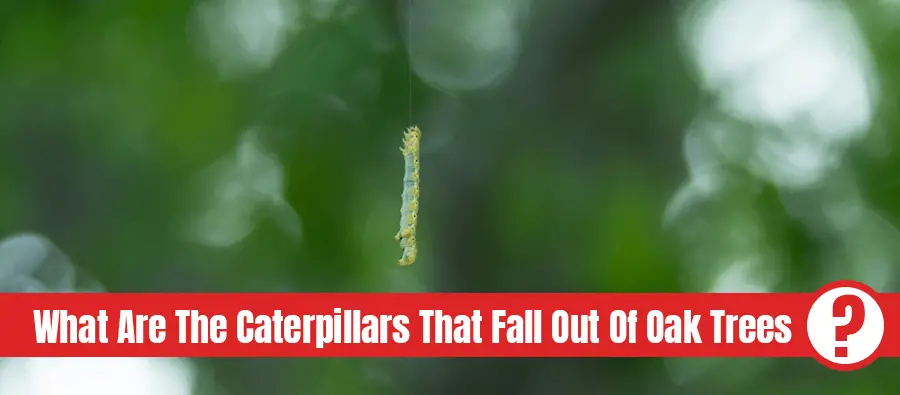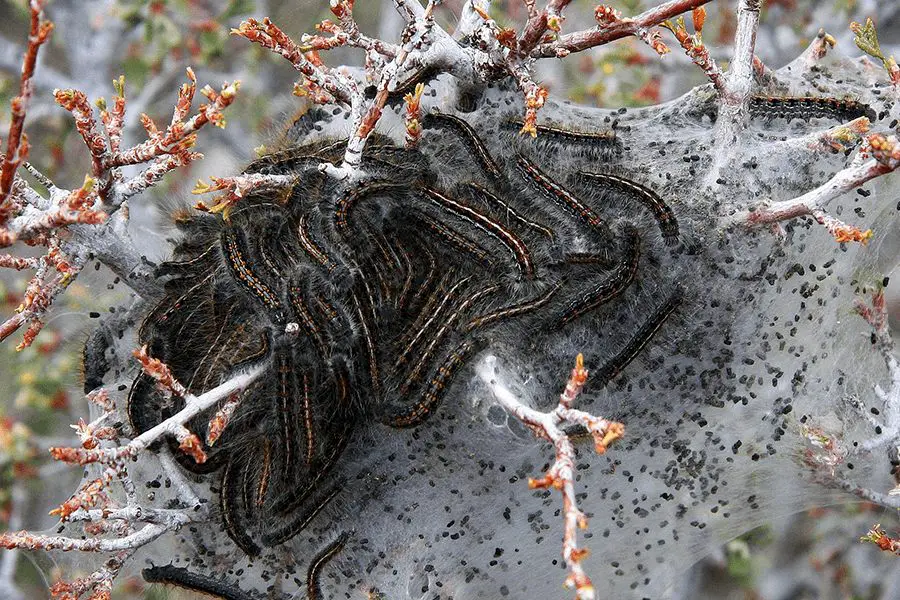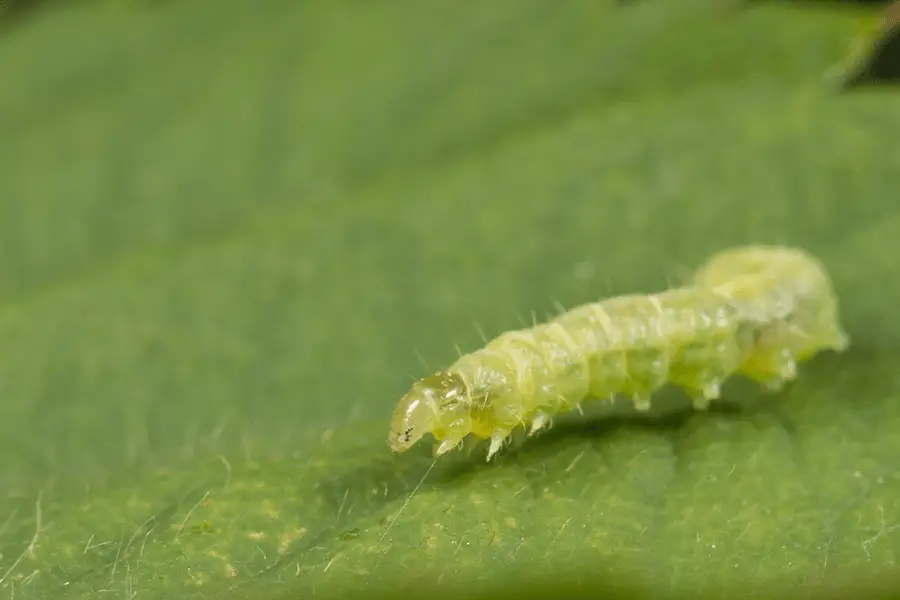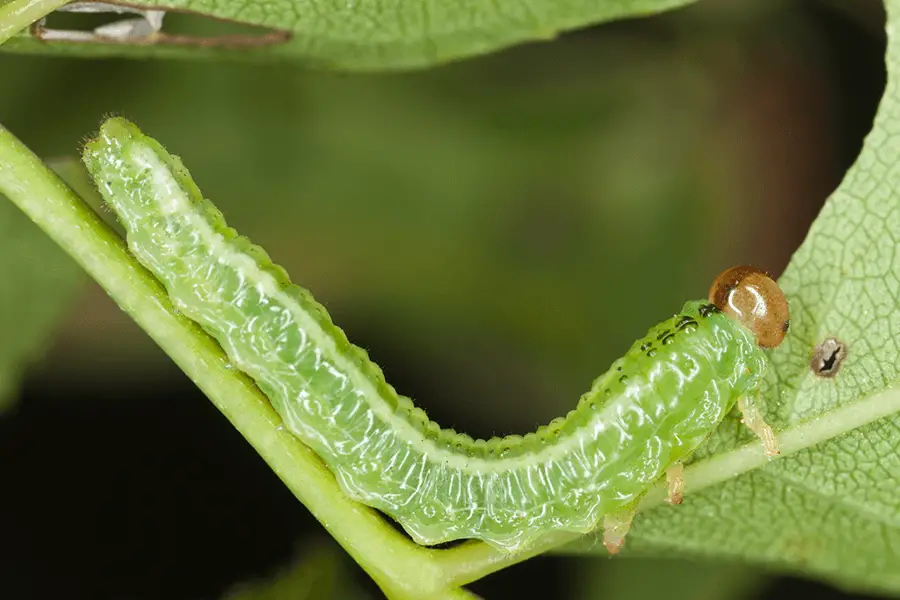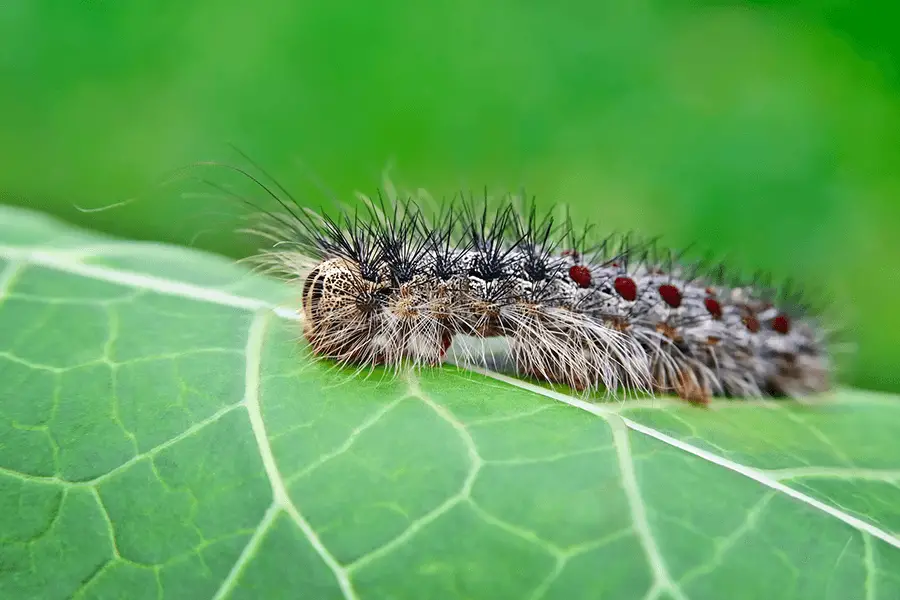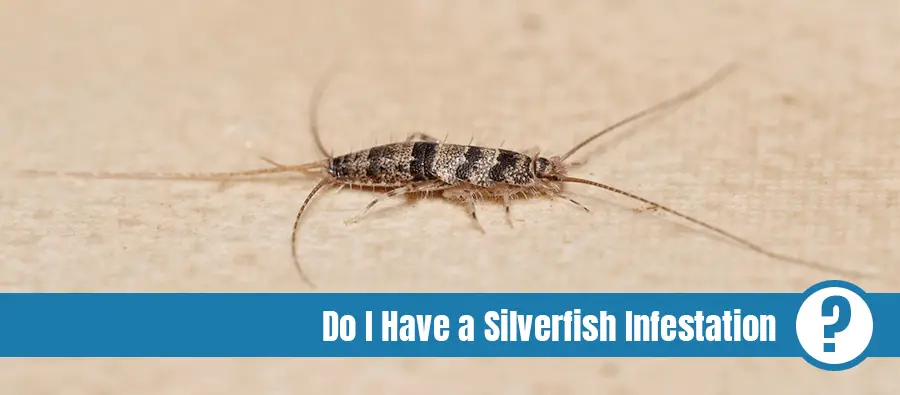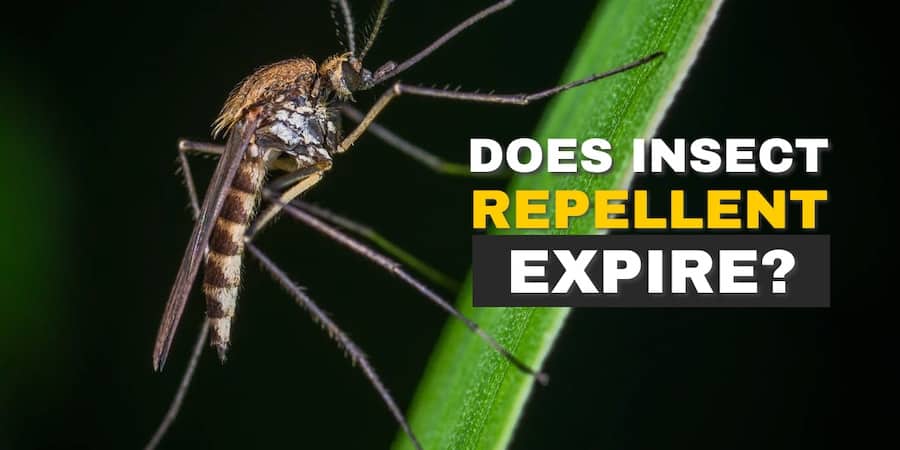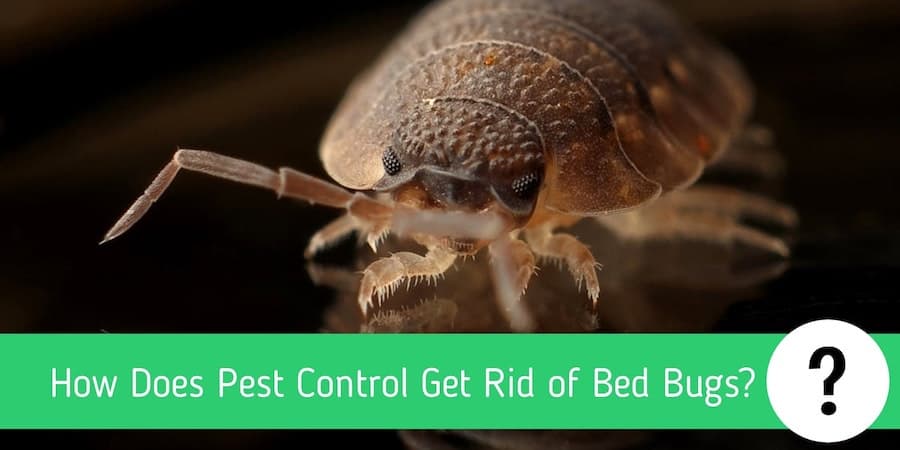Stay calm! I know you are really worried about what could happen to your tree. It’s that time of the year when all sorts of pests begin to appear, causing trouble for your plants. Caterpillars are one of these pests.
If you are seeing worms hanging from your oak tree, they are likely inchworms. If you’re worried about rolled-up leaves, your enemy might be the leafroller. While these creatures can be troublesome, you don’t have to worry. Their effects are minimal on healthy trees. Other species could be a bigger thread, though.
To make sure, we compiled all kinds of caterpillars and worms that like trees. This way you can identify your pest, assess the risk they pose and figure out how you want to handle them.
Table of Contents
What caterpillars/worms infest trees?
Caterpillars are disturbing critters that you’ll normally find on your oak tree, black cherry, or apple tree in Spring. There are different species that feed on trees.
The larvae of several butterfly species and moths are what we refer to as caterpillars. Moths lay eggs that hatch into caterpillars that feed on the leaves of plants.
These creatures rapidly multiply and they vary in length and width. If you notice any on your tree, you will have to take a good look at the caterpillar and the leaves to identify them.
1. Inchworm (also called cankerworm)
How it looks
Inchworms are tiny green worms that have sets of legs at the front and the back of their body with a small space between the sets. They are typically around an inch long but can grow to be larger. You would think that the size is why they got their name. But this group of moth larvae is named for the way it moves – pulling its backside forward before moving its front end ahead.
Their bodies usually are shades of greens and browns but can be found with spots and patterns as well.
What does it do
These caterpillars feed on the leaves, leaf buds, flowers, and fruits of trees and plants. They can either leave holes in leaves, eat large chunks of foliage, or they can decimate the plant entirely. They only pose a major threat to your plants if there is a severe infestation and if the tree isn’t healthy.
They lay their egg clusters in the tree branches, close to the food supply. The larvae will feed for 3-4 weeks and then drop to the ground where they pupate.
If you see worms hanging on silk threads from your tree, it’s likely inchworms. We especially experienced this in Texas this year (2021). When they feel threatened, or the wind blows harder, they fall down and dangle on these silk threads. They also use them to find their way to the soil for pupation.
2. Oakworm caterpillar
How it looks
A young Oakworm caterpillar is usually a hairless critter. It has quite a big head, with a yellow-green body that’s very small. As it reaches maturity, it usually becomes black.
What it does
These caterpillars feed on newly grown leaves of oak trees during spring and summer. They can consume a leaf down to its vein and by summer, they could devour all of the foliage from the entire tree.
Oakworm caterpillars often lay eggs on the underside of an oak tree leaf. Their eggs hatch and the young caterpillars start feeding on the leaves of the tree they were born in.
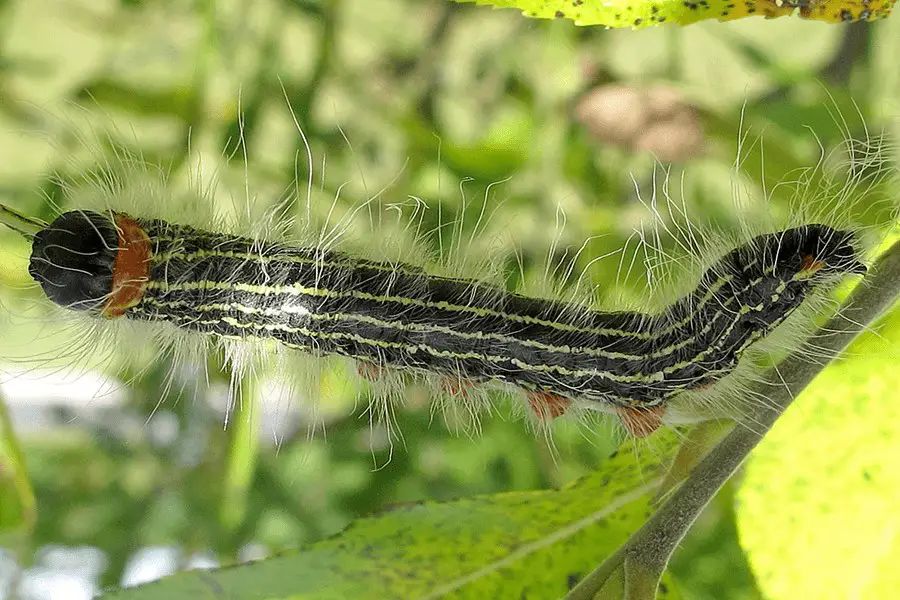
3. Yellow-necked caterpillar
How it looks
Just as the name suggests, the Yellow-necked caterpillar is yellow with stripes running down its entire body.
What it does
The Yellow-necked caterpillar often feasts on leaves of oak trees between summer and fall. They feed in groups just like the Oakworm caterpillars.
4. Tent caterpillar
How it looks
Tent caterpillars are very fuzzy. They have small heads and a reddish-brown body.
What it does
Tent caterpillars start feasting on oak tree leaves during early spring. They are the major producers of the spider-like silky web which is often found around these trees.
5. Leafroller caterpillar
How it looks
Leafrollers are small in size with dark heads. While some have green bodies, others have brown bodies.
What it does
The leafrollers are quite similar to the Tent caterpillars. They also produce spider-like silky webs.
Their name comes from their habit of building their nests. They roll up the leaves of the tree and tie it with silk. If they are not deterred, the leafrollers could feast on an entire oak tree.
6. Oak Sawfly larvae
How it looks
The adult Sawfly is about 1 to 2 inches long. They are related to bees and wasps, but look like a fly. The only difference is that they have four wings – flies only have two.
What it does
The Oak Sawfly’s larvae are good at feasting on oak tree leaves. Several species of Oak Sawfly exist, and they likely feed on both white and red oak leaves.
Oak flies cause less severe damage to healthy oak trees when compared to others listed above.
7. Gypsy Moth caterpillar
How it looks
Gypsy Moth caterpillars are quite easy to spot because of unique features that make them stand out from other leaf-feeding caterpillars. They have six pairs of red dots and five pairs of blue dots lining their back. These caterpillars are tan-colored and are covered with hairs.
What does it do
These caterpillars are usually found in hidden areas like the bark of trees. While the young caterpillars feed on the trees during the day, the older ones feed at night. These species of caterpillars spread to new spots by letting silk out to make a long thread that the wind picks up and carries them off.
They spin a silken thread and they are voracious feeders. The gypsy moth feeds on hundreds of trees and understory plants. They can completely defoliate large trees in the landscape.
Is my tree going to die if exposed to these pests?
Oak trees are pretty resistant to most pests. One of the menaces on this list that presents a more harmful threat to the oak tree is the caterpillar. They can lead to the destruction of any tree they infest.
Caterpillars are always seen on oak trees during spring and summer where they live and feed on buds and leaves. Generally, they can be beneficial insects. They’ll eventually become moths and butterflies that’ll help pollinate your plants.
These creatures become a serious problem though when they start to damage your foliage, causing more harm than good. A large population of caterpillars on an oak tree can strip the whole tree bare.
While species like Gypsy Moth caterpillars are very dangerous to your plant, other species, like Tent caterpillars, are not much of a threat to mature trees. They only strip away some leaves and weave nasty-looking webs.
Oak trees that have been eaten by caterpillars can naturally heal and produce new leaves. But if your tree is already unhealthy and struggling, caterpillars can be a big problem. If an unhealthy oak tree is heavily infested by caterpillars, it is exposed to diseases, deficiency, and stress as it loses its leaves. Meaning it most likely won’t survive.
Here’s how it happens: Young oak caterpillars feed on the leaves and buds of your oak tree. This then leads to ravaged, bare spots.
The tree then produces irregular, small acorns. While this process is not generally harmful to the oak tree, over time the tree might become unhealthy and weakened – this will eventually cause the death of the plant.
Are caterpillars dangerous to humans and pets?
These creatures are harmless to humans, but they may cause some allergic reactions I’ll discuss below.
A third stage caterpillar that has developed stinging hairs can cause respiratory disease and rashes to humans and animals. Humans and animals are more prone to these hairs during May and June of each year.
They shed their hair when they feel threatened as a defense mechanism. The hairs get blown by the air and are joined to their nest, while others fall to the ground.
When they reach the ground, they get stuck to the grass and are transferred to humans and animals.
The groups that are more prone to caterpillars hair hazard includes:
- Outdoor pets
- Children
- People who hang around oak trees
- Livestock and other grazing animals
The following health precautions should be followed to reduce contact with the hairs of a caterpillar:
- Caterpillars and their nests should not be touched with bare hands.
- Children should not be allowed to play near an infested tree.
- Self-removal of the caterpillar and its nest should be minimized.
- During windy days of summer, the time spent under the tree shade should be reduced.
- Call a pest control expert if you notice that your infestation is quite severe.
It is likely you will have to perform some pest control practices if their population is large.
Skip the Hassle & Hire a Professional Pest Control Service!
Check out our exterminator search tool where you will receive free quotes from thoroughly vetted exterminators in your local area!
Caterpillar control practices
If you are certain that your tree is infested with caterpillars, then you should do something about it. There are several options you can take to revive your plants and make sure it stays healthy. The best option is calling pest control experts.
If you must handle these creatures, make sure to use protective clothing, and avoid spraying your tree with toxic chemicals. Below are simple steps you can take to get rid of these creatures:
- Spray your tree with a mixture of water and dish soap
- Use neem oil spray
- Attract natural predators like birds
The two most advisable ways to control the invasion of caterpillars are by spraying insecticide, and nest removal. For the most effective results, these measures must be carried out by a professional using the right equipment and protective clothing.
Owners of larger properties with caterpillar-infested trees can simply get the required equipment and protective clothing and train their staff on how to spray the insecticides and physical removal of caterpillars and their nests.
How to prevent a caterpillar problem
For effective prevention of its spread and reduction of its effects, the following process should be taken:
Surveying
You need to survey your oak tree in spring and summer for any sign of nesting, caterpillars, or silky web. Start surveying early for effective prevention.
Treatment
Mark all infested trees and carefully spray with an approved insecticide or biopesticide. This should be enough to kill the caterpillars after emerging during spring and summer. Insecticide and biopesticides are the two most effective control measures.
Nest and caterpillar removal
This should only be done by an expert with the use of appropriate equipment and clothing for protection.
The operator should manually remove the caterpillars and their nest with the use of a vacuum machine or hands protected by the right gloves. The nest should be stored safely in a bag for disposal.
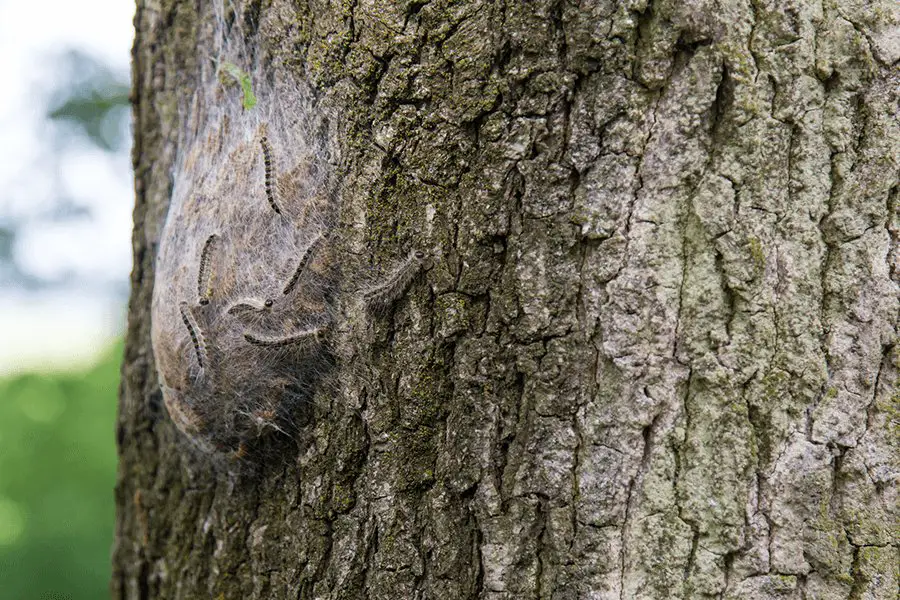
Pheromone trapping
For this method you will have to make your own trap and find the appropriate commercial pheromones. Adult male moths should be trapped around late summer. This will help in research to discover any changes in its distribution and spread into new boundaries.
An unhealthy oak tree can easily attract lots of moths which will increase in population and eat off the tree’s leaves if left untreated. Sadly this has led to the death of a lot of oak trees. Therefore the best way to keep the caterpillars away is to make sure your tree is always healthy.
